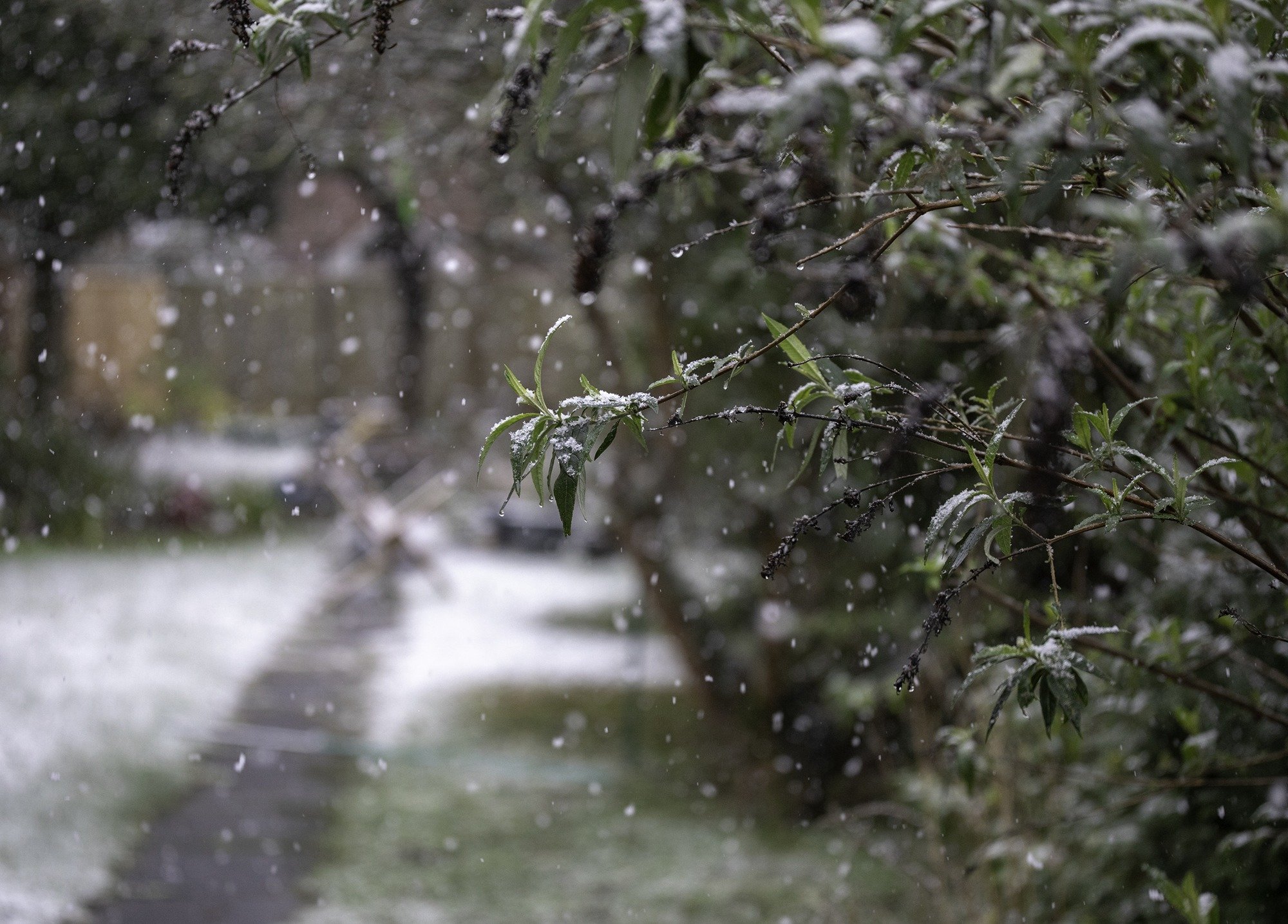Preparing Your Trees For Winter

Preparing Your Trees for Winter: A Comprehensive Guide
Winter's icy grip is just around the corner, and while we're busy pulling out our sweaters and preparing our homes, it's crucial not to forget about the trees in our gardens and landscapes. Trees, just like us, face unique challenges during the colder months, and a little preparation can go a long way in ensuring their health and vitality come springtime. As your local tree surgery experts, we're here to guide you through the essential steps to prepare your trees for winter.
Why Winter Tree Care Matters
Winter brings harsh conditions like freezing temperatures, strong winds, and heavy snowfall, all of which can stress and damage trees. Proper preparation can:
● Prevent breakage: Weakened branches are more susceptible to snapping under the weight of snow and ice.
● Reduce disease risk: Cold, damp conditions can create environments conducive to fungal diseases.
● Protect against frost damage: Young trees and vulnerable species can suffer from frost cracking and dieback.
● Promote spring growth: Healthy trees are better equipped to bud and flourish when warmer weather arrives.
A Step-by-Step Guide to Winter Tree Preparation
Autumn Pruning (Strategic Trimming):
○ While heavy pruning should be avoided in late autumn, light pruning to remove dead, diseased, or damaged branches is beneficial.
○ This helps prevent these weakened areas from becoming entry points for disease or breaking under winter stress.
○ Avoid pruning spring-flowering trees in autumn, as you may remove their flower buds.
○ Consult a professional if you are unsure of the correct pruning techniques.
○
Mulching for Insulation and Moisture Retention:
○ Apply a 2-4 inch layer of mulch around the base of your trees, extending out to the drip line (the edge of the canopy).
○ Use organic mulch like wood chips or shredded bark.
○ Mulch helps insulate the soil, retain moisture, and protect roots from freezing temperatures.
○ Keep the mulch a few inches away from the tree trunk to prevent rot.
Watering Before the Freeze:
○ Ensure your trees are well-hydrated before the ground freezes.
○ A deep watering session in late autumn helps trees store moisture for the winter months.
○ Especially important for newly planted trees.
○
Protecting Young and Vulnerable Trees:
○ Wrap the trunks of young trees with tree wrap or burlap to protect them from frost cracking and sun scald.
○ Consider using anti-desiccant sprays to reduce moisture loss from evergreen needles.
○ For vulnerable species, consider installing windbreaks to protect them from harsh winter winds.
○
Inspecting for Pests and Diseases:
○ Autumn is a good time to inspect your trees for signs of pests or diseases.
○ Address any issues promptly to prevent them from worsening over winter.
○ Look for fungal growths, insect eggs, or damaged bark.
○
Clearing Debris:
○ Remove fallen leaves and debris from around the base of your trees. This helps prevent fungal diseases and provides a less hospitable environment for pests.
When in Doubt, Call the Professionals
Tree care can be complex, and it's always best to consult with a qualified arborist if you have any concerns. Our team atTreefellas is here to provide expert advice and services to ensure your trees thrive throughout the winter and beyond.
Call us on 0114 281 5150 or email us at [email protected] for a consultation and let us help you prepare your trees for the winter season!


